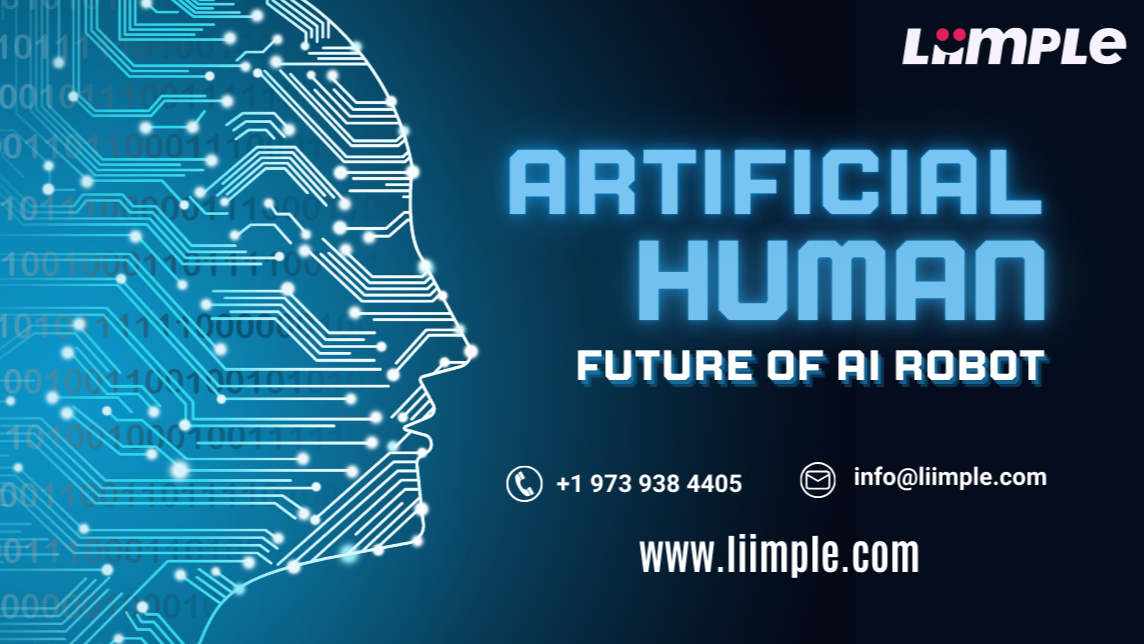The integration of artificial intelligence (AI) with human capabilities—often referred to as human-AI symbiosis—is no longer a concept confined to science fiction. From neural interfaces to AI-driven decision-making, humanity is on the verge of an unprecedented transformation. But is this evolution a pathway to limitless potential, or does it pose an existential threat?
Understanding Human-AI Symbiosis
Symbiosis in nature refers to a mutually beneficial relationship between two different organisms. Applying this concept to AI and humans suggests a future where technology enhances human intelligence, productivity, and overall well-being. Unlike conventional AI applications that function independently, human-AI symbiosis envisions a collaborative relationship where both entities thrive together.
Elon Musk’s Neuralink, AI-powered prosthetics, and brain-computer interfaces (BCIs) are early indicators of how this relationship is materializing. These technologies promise enhanced cognitive abilities, medical breakthroughs, and improved decision-making processes. However, they also raise ethical and security concerns that cannot be ignored.
The Promise of Human-AI Symbiosis
1. Augmenting Human Capabilities
With AI acting as an extension of human cognition, individuals could overcome natural limitations. AI-powered tools could assist in learning, memory retention, and problem-solving, creating a generation of “superhumans” with enhanced intellectual capabilities.
2. Medical and Healthcare Advancements
AI-driven medical innovations can transform healthcare by diagnosing diseases earlier, personalizing treatment plans, and even helping paralyzed individuals regain mobility through brain-machine interfaces. Symbiosis between AI and human biology could lead to cures for neurological disorders such as Parkinson’s and Alzheimer’s.
3. Enhancing Workplace Productivity
AI is already revolutionizing industries, automating repetitive tasks, and allowing humans to focus on creative and strategic roles. A deeper symbiotic relationship could lead to unprecedented levels of efficiency and innovation, transforming how businesses operate.
4. Solving Global Challenges
From climate change to resource management, AI can analyze massive datasets and identify solutions that would take humans decades to uncover. A true symbiosis between AI and humanity could accelerate sustainable development and innovation.
The Threats and Risks of Human-AI Symbiosis
1. Loss of Autonomy and Control
One of the primary concerns is whether humans will remain in control of AI or if the technology will become too integrated, making it difficult to function independently. If AI systems begin making critical decisions without human oversight, it could lead to unintended consequences.
2. Ethical and Privacy Concerns
With the merging of AI and human cognition, personal privacy will become a complex issue. If AI can access and process human thoughts, emotions, and intentions, the potential for misuse by corporations or governments is alarming.
3. Job Displacement and Economic Disruption
While AI enhances productivity, it also threatens to replace jobs that were once exclusively human-driven. A growing dependence on AI could lead to massive unemployment, economic inequality, and a need for entirely new workforce structures.
4. Security Threats and AI Exploitation
Cybersecurity risks will become more severe as AI systems gain access to human neural networks. Malicious actors could exploit these connections, leading to unprecedented levels of hacking, misinformation, and even AI-driven warfare.
Striking a Balance: Ethical and Regulatory Considerations
To ensure a harmonious human-AI symbiosis, a structured approach is necessary. Governments, tech leaders, and ethical committees must collaborate to establish guidelines that prioritize safety, transparency, and human well-being.
- Developing AI Governance Frameworks – Regulatory bodies must enforce ethical AI development, ensuring that AI-driven enhancements remain under human control.
- Prioritizing AI Ethics and Transparency – AI should be designed with accountability, explainability, and fairness in mind to prevent biases and misuse.
- Investing in Human-Centered AI – Future AI systems should be developed to complement human abilities rather than replace them, ensuring that technological advancements serve humanity.
- Encouraging Public Discourse – The conversation around human-AI symbiosis should not be limited to tech experts. Societies must engage in open discussions about the ethical, economic, and social implications.
Human-AI symbiosis represents one of the most transformative technological shifts in history. While the potential for innovation, enhanced capabilities, and societal benefits is immense, the risks of loss of autonomy, ethical dilemmas, and security threats must not be overlooked. Striking a balance between technological progress and ethical responsibility will determine whether this evolution becomes humanity’s greatest achievement or its most significant downfall.
As we stand on the threshold of this new era, the question remains: Will human-AI symbiosis lead to a utopian future where technology and humanity coexist harmoniously, or will it spiral into a dystopian reality where AI dictates our fate? The answer lies in how we navigate the challenges ahead.
